How Ceramic Coating Works – The Truth About Ceramic Coating
It is quite natural for someone to want their car to have that same shine and lust, as it had the day it was bought. The shine tends to fade away as time progresses, and the vehicle does not seem to have that wow factor it once had.
People usually apply a coat of wax, but it is of no use due to environmental hazards, climate change and stains, the car still loses its shine. So, it is advisable not to purchase and apply expensive wax coatings as they will eventually bring the car into the same state where it looks old.

But what if there is a product that could fulfill your desire of the car looking brand new, even after time goes by? A product that is durable enough even to withstand environmental changes, humidity, etc. a product that does not require repeated application, and is comparatively easier to wash.
The name of that product is Ceramic Coating (or Nano-Ceramic Coating). This product will enhance the value of the car and will stun everyone with its dazzling effect.
I know you would want to get up and buy this product as soon as possible. But before you do so, some facts need to be set straight. Some auto care commentators have praised the functionality of this product, whereas others have criticized it. Let’s take a look at Ceramic Coatings as a whole.
What Is A Ceramic Coating?
According to Bryan (Automotive Expert of BestnetReview), A Ceramic Coating is a liquid polymer that is applied to a body of the vehicle by the hand. This coating chemically bonds with the standard paint on the car, hence forming an extra layer of protection.
Do note that this coating is not an alternative for Paint Protection Film. It is basically a premium wax alternative, where it creates a permanent or semi-permanent connection with the paint of the car. It does not wash away, nor it requires to be applied again.
How Does Ceramic Car Coating Works?
Think of a Ceramic Car Coating as a second layer of the skin where it enhances its look and protection. They use nanotechnology, which are minute particles that create a form, fine, and a thin layer of coating. It is not visible to the naked eye.
Since these particles are insanely small, they are able to fill and seal all the pores, making the surface of the car water-repellent, UV resistant, chemical, and scratch-resistant. Furthermore, there is a good reason why they need these.
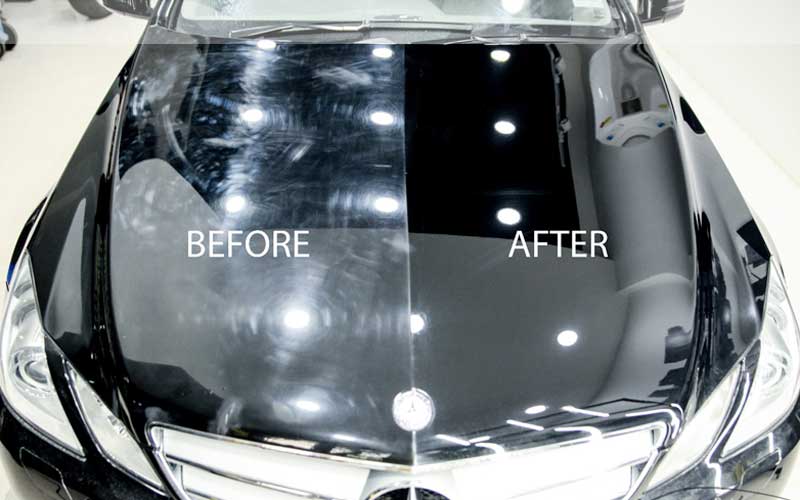
1. Hydrophobic
One of the most significant features of these coatings is that it is hydrophobic(water-repellent). As the name suggests, this feature instantly repels the water when on the body of the vehicle, by turning it into a bed up the roll and just like a snowball it will roll of the body. When the water rolls away, it carries the dirt, pollutants, and mud.
2. Mud And Dirt Repellent
Unlike an ordinary paint job, a Ceramic Coating works relatively harder, as it is designed to protect the surface of the car rather than acting as paint to cover the metal built. Rain and water roll off the surface rather than accumulating on it. Snow and ice do not stick to it and must just like water also slides off.
3. Protection From Uv Damage / Rust / Oxidization
Vehicles that are mostly under the sun will start to lose paint and may look dull. This is due to the sun’s ultraviolet rays, hence leading to the oxidization of the car’s paint. By applying a Ceramic Coating on to the car, you will observe that the oxidization will be reduced significantly.
4. Enhanced Durability
As mentioned before that the layer of this coating is suitable for protection rather than acting as a paint job. The bonding of the coating with the molecular structure of the paint adds to the ruggedness and protectiveness of the layer of paint. You will not have to worry about minor graze and scrapes ruining the look of your car.
5. Protection From Chemical Stains And Etching
According to A New Way Forward, Another danger that your car may encounter is chemical staining from naturally acidic pollutants. By creating a surface that is chemically resistant, a Ceramic Coating prevents some contaminants from bonding to the vehicle’s paint. Hence your vehicle will be guarded and be more resistant to staining and etching.
6. Ease Of Cleaning
Since the layer already does a good job in removing water, dust and mud particles, you will need to exert comparatively less force on the body of the car with a cloth.
7. Enhanced Gloss
If a person wants to showcase their car, full of sparkle and gloss, then its ideal to use a Ceramic Car Coating. A good quality Ceramic Coating has improved reflexive abilities and will add depth and clarity to the car’s paint.
Options Of Ceramic Car Coating
The Ceramic Car Coatings have been in the industry for quite some time now, and it is no surprise that the need for this product is high. There are two options when deciding to get your car ceramically coated. The options are:
- Professional Applications.
- DIY Consumer Kits.
Professional Applications:
Ranging from $500 – $2000, this type of application must be applied by trained and certified professionals, that provide hydrophobic properties. The utilization of equipment, labor, and experience makes the final cost relatively high.
The minimum service comes in approximately $500. For this amount, you only get the coating to be applied to the body of the vehicle. Pre-prep with a clay bar and professional preparation will add several hundred dollars more, to say the least. This process takes about 1-5 days depending on the condition of the factory paint of a particular car, its size, and the package you select. For premium and high graded package, then you must pay at least or more than $2000 from a licensed dealer.
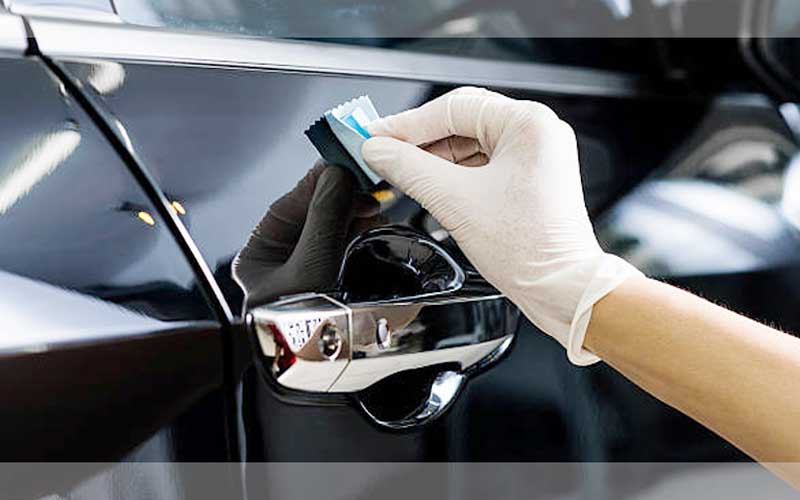
Diy Consumer Kits:
Currently, a range of enticing and new consumer-level car coatings have been setting their foot in the auto market industry. This is particularly designed to cater to the needs of an average driver, who doesn’t want to spend a huge amount of money on car detailing. They also don’t want the car to have showroom quality level shine, but only desire protection and ease in cleaning the car.
They are specially formulated to be less sensitive than the high-level Ceramic Coating and no need for experience. There is a variation in the quality and durability of these kits, but when compared to professional applications, they are most cost-effective and easily available to the average driver.
How Is A Ceramic Car Coating Made?
The early ceramics were comprised of clay, or mixed with other materials like silica and then hardened by flame. After that, the ceramics were glazed and put under fire to create a smooth and coloured surface.
Today’s ceramic making is often referred to as “Advanced Ceramics,” and these ceramics consist of complex chemical compounds like Silicon Carbide, Tungsten Carbide, Chrome Oxide, Titanium Dioxide, Alumina-Titania Oxide, Alumina Oxide, Zirconium Oxide, Magnesium Zirconium ox, de and others.
These types of ceramics require specialized application methods for deposition, like oxygen-acetylene powder deposition, detonation guns, plasma sprays, and chemical vapour deposition.
Some lower-grade Ceramic Coating is often found on the surface of pots and pans. These coatings do provide durability in terms of high-temperature performance but are not good enough to be classified as “Advanced Ceramics.”
The consumer-level Ceramic layers need specialized items for application and firing. Some manufacturers offer and use products called Ceramic Coatings, but in actuality, they are really called Ceramic Particles, available in the form of powder or spheres. They are incorporated into a non-ceramic polymer binder, and with such a binder, the coating can be used in old methods like spraying, wiping dipping, and coating. The coating can be air or oven cured.
The ceramic filters provide chemical and physical enhancements to the coating. The non-ceramic polymer comprises primarily of carbon-carbon bonds but does not have the true potential to be a temperature performant.
At a general level, ceramics have two characteristics:
- INORGANIC, NON-METALIC SOLID MATERIAL COMPRISING MATERIAL.
- NONMETALOR METALLOID ATOMS HELD IN IONIC AND COVALENT BONDING.
The crystallinity of ceramic materials ranges from highly graded to semi-crystalline and often completely amorphous.
Read Also: How to remove ceramic coating
What Can A Ceramic Coating Not Do?
Considering the possible hazards these coatings can, one should not take its protective abilities for granted. After all, it only protects and does not heal the damaged area. It only has protective abilities and not healing abilities. Listed below gives an explanation of what it cannot do.
1. Eliminate The Danger Of Scratches And Swirl Marks
The scratch-resistant capabilities of Ceramic Coatings are mostly overstated. It can only endure and repel small scratches, but a coated vehicle will not be 100% scratch proof. People also need to understand the difference between scratch-resistant and scratch proof.
Scratch-resistant means that the car can only withstand small grazes and not big scrapes. And as the name suggests, scratch-proof means that the car is completely resistant to any scratches. Though scratch proof is an ideal concept, in reality, it can never be executed.
Furthermore, unsuitable washing techniques or taking your car to the automated car washers will definitely create swirl marks on the surface of your vehicle.
Eliminate The Risk Of Water Spotting
When a water droplet is dropped on the body of the car, some of the drops may get repelled, and a bead of but not necessarily all drops are repelled. Some drops tend to stay and will eventually evaporate, leaving behind watermarks with dirt.
I own a Toyota Fortuner 2.8 diesel and considering the unstable economic conditions and poor auto industry performance, the retail prices of these vehicles have approximately crossed more than double of the original price.
I bought it for a very hefty amount, and it is quite natural that I would want to put some protection layer so that at least it could avoid marks, swirls, and grazes. It looks fantastic, though; it gets so shiny that one would want to keep on looking at it, to admire its beauty. The enhanced gloss and durability only aids to my satisfaction and proves to be a piece of good equipment.
3. Eliminate The Need To Wash
Consumers need to realize that the outdoor environment has a tendency to get dirty. Meaning that the pollutants lingering in the sky will etch on the surface of your vehicle. Now it is true that after applying the coating, the maintenance of the car (exterior wise) will be less, but certainly not finished. You still need to clean it, though. You will need to regularly wash your car, in order for the coating to give out its shine. The only benefit is that the cleaning procedure will be easier.
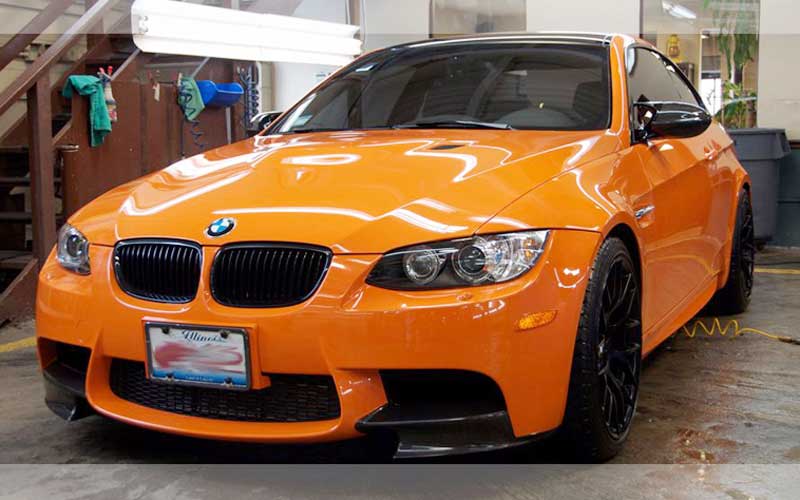
Moreover, having your car, Ceramically coated means that you will not have to wax the car every few months. Hence having a ceramic coat applied on your car does not mean that the vehicle will be totally maintenance-free, but with less work, you can yield better results.
Final Words
Generally speaking, it is always important to be fully aware and educated about a product before buying it, rather than regretting it in the future. In this case, it is advisable to know what a ceramic coat is full? What is it used? For and what are its advantages and disadvantages.
It is also significant to note that it is not an alternative for paint. A paint job is done to add grace and color to the anatomy of the vehicle, whereas the coating is used as a protective layer. Nowadays, since the auto industry is unstable and car prices have generally hiked up to a level where they have become affordable. People want to save and guard their investment by adding a layer to prevent any unnecessary scratches. So, it is advisable to apply this coating.
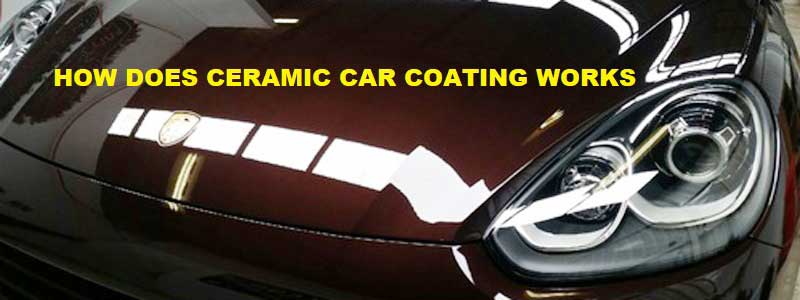


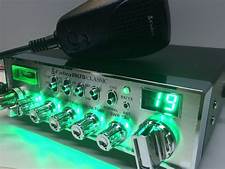



Post Comment